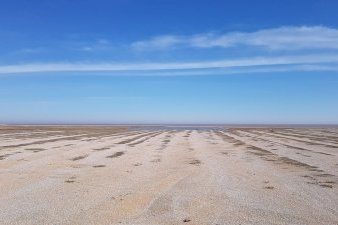United Kingdom
East Atlantic Flyway
Site Info
Official Information
- Full Name
- East Atlantic Flyway: England East Coast Wetlands (ID: 6689)
- Country
- United Kingdom
- Status
-
On tentative list 2023
Site history
History of East Atlantic Flyway
- 2023: Added to Tentative List
- Added to tentative list
- Type
- Natural
- Criteria
Links
- UNESCO
- whc.unesco.org
All Links
UNESCO.org
- whc.unesco.org — whc.unesco.org
Community Information
- Community Category
- Wildlife habitat: Fauna
Travel Information
Recent Connections
News
No news.
Community Reviews
Show full reviews
Large areas of England East Coast have recently been chosen to make up a new TWHS focusing on migratory birds, as part of the East Atlantic Flyway. Although there is no precise map yet of the proposed site, and boundaries could change of course in the future, I had a closer look at maps that were published in different news websites, and believe we visited at least three areas to be considered under this proposal. The purpose of our visits was each time on another aspect of the place (we are more “history” than “birds” fans), which may be of interest for some other visitors as well, as travelling to the UK to see merely the same as Wadden Sea in mainland Europe may not be so appealing.
End of June 2020, we went to the area near Bradwell-on-Sea, with the purpose of spending a day by the sea in a not-so-crowded place (that was just the end of first Covid lockdown in the UK) and visiting the grade I listed chapel of Saint Peter, one of the oldest churches in England. It turned out that the church had not re opened yet, so our day focussed mainly on walking along the sea (there is a signed path “St Peter’s way”), collecting shells, enjoying fresh air and sun. The coast here is low land, muddy areas - and birds? Well, like at any similar stretch of coast, nothing outstanding I would say. There is a power station just by …
Keep reading 0 comments
